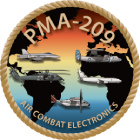HOST Vision
Establishing the HOST registry will facilitate the reuse of HOST conformant product within DoD and industry partners.
The HOST registry would serve as the database for HOST conformant components enabling future customers to readily access HOST technology and relevant information as required.
Knowing that HOST incorporated feedback from Program Offices, integrators, and module vendors during its development allows Program Managers to leverage HOST on their current and future programs with confidence.
The infrastructure is in place for Program Offices to include HOST in their high-level requirements and acquisition strategy. Program Managers are encouraged to contact PMA-209 AAT for further details on applying HOST to their next program.
Modular
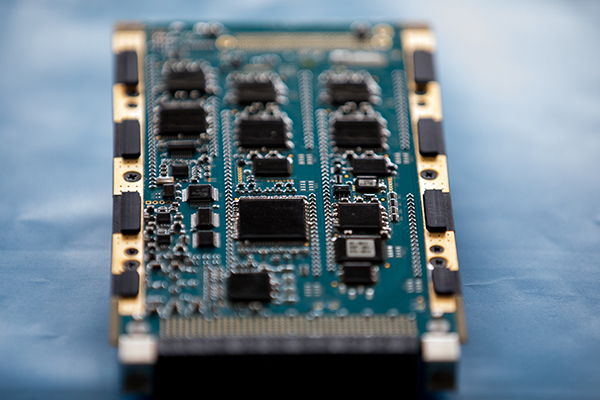 Systems that are HOST compliant are modular, so their system components may be separated and recombined in various configurations providing the required functionality. Modularity based on standardized interfaces lessens the cost of upgrades reducing the overall lifecycle costs. HOST enables the use of modular hardware via HOST Tier 3 Component Specifications. The component specifications contain physical requirements that a module must follow to claim HOST conformance. Once a component is qualified as HOST conformant, the part will be added to the HOST Registry. A HOST user can then use the HOST Registry to find existing HOST components that other platforms use to meet their system needs. Preventing complete redesigns of the same capability, but allowing for component reuse across different DoD platforms improving economies of scale and ultimately decreasing cost.
Systems that are HOST compliant are modular, so their system components may be separated and recombined in various configurations providing the required functionality. Modularity based on standardized interfaces lessens the cost of upgrades reducing the overall lifecycle costs. HOST enables the use of modular hardware via HOST Tier 3 Component Specifications. The component specifications contain physical requirements that a module must follow to claim HOST conformance. Once a component is qualified as HOST conformant, the part will be added to the HOST Registry. A HOST user can then use the HOST Registry to find existing HOST components that other platforms use to meet their system needs. Preventing complete redesigns of the same capability, but allowing for component reuse across different DoD platforms improving economies of scale and ultimately decreasing cost.
Interoperability
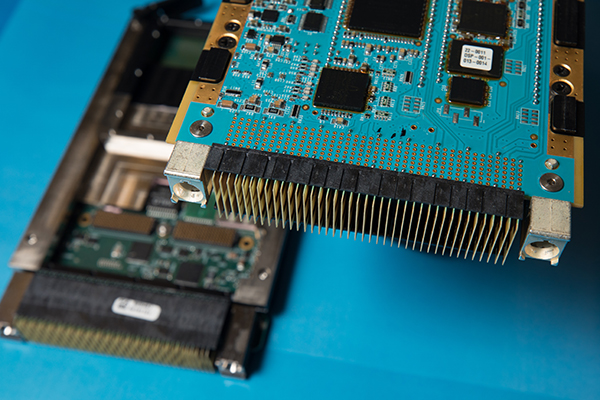 HOST encourages interoperability between components in the HOST ecosystem, meaning that components from different suppliers function together seamlessly. HOST accomplishes its goal of interoperability by establishing common sets of interfaces between components in a Tier 2 Standard, such as mechanical interfaces, power interfaces, and communication interfaces. Tier 2 Standards leverage a set of standards already in industry use to create a common base for a component solution, instead of relying on each supplier picking from very different combinations of interfaces. This helps to lessen the cost of integration of multiple vendor’s hardware when initially developing a system, allowing integrators to pull from across the market, and helps ensure integrators can incorporate future hardware as well.
HOST encourages interoperability between components in the HOST ecosystem, meaning that components from different suppliers function together seamlessly. HOST accomplishes its goal of interoperability by establishing common sets of interfaces between components in a Tier 2 Standard, such as mechanical interfaces, power interfaces, and communication interfaces. Tier 2 Standards leverage a set of standards already in industry use to create a common base for a component solution, instead of relying on each supplier picking from very different combinations of interfaces. This helps to lessen the cost of integration of multiple vendor’s hardware when initially developing a system, allowing integrators to pull from across the market, and helps ensure integrators can incorporate future hardware as well.
Interchangeability
 While HOST supports interoperability through interface and protocol standardization, it also encourages the interchangeability of hardware components via standardization and transparency. Each HOST Tier 2 Standard defines a limited number of allowable hardware and communication interfaces for use by suppliers seeking to leverage the benefits of HOST. The objective of this is to create an environment in which the system’s components can be quickly replaced with hardware that better supports mission objectives. The benefits of interface standardization on the ability to swap components can easily be seen in the personal computing environment where graphics processing units (GPUs) utilize the same form factor resulting in a breadth of choice for consumers. A GPU can easily be replaced if an upgrade, change, or replacement is desires. The same is not valid for central processing units (CPUs), where vendors have proprietary sockets for components with little compatibility between generations of hardware. HOST aims to duplicate the former situation – providing for rapid modifications to system designs to best support the dynamic nature of today’s combat environments.
While HOST supports interoperability through interface and protocol standardization, it also encourages the interchangeability of hardware components via standardization and transparency. Each HOST Tier 2 Standard defines a limited number of allowable hardware and communication interfaces for use by suppliers seeking to leverage the benefits of HOST. The objective of this is to create an environment in which the system’s components can be quickly replaced with hardware that better supports mission objectives. The benefits of interface standardization on the ability to swap components can easily be seen in the personal computing environment where graphics processing units (GPUs) utilize the same form factor resulting in a breadth of choice for consumers. A GPU can easily be replaced if an upgrade, change, or replacement is desires. The same is not valid for central processing units (CPUs), where vendors have proprietary sockets for components with little compatibility between generations of hardware. HOST aims to duplicate the former situation – providing for rapid modifications to system designs to best support the dynamic nature of today’s combat environments.
Upgradeability
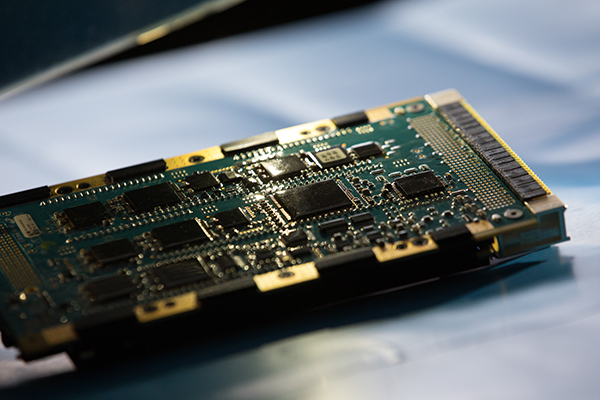 Every year the United States Department of Defense (DoD) pursues the development of new capabilities for operating aircraft systems. These capabilities include the latest technologies on more modern platforms and upgrades to legacy platforms. HOST provides the ability for system components to be evolved without fundamental hardware architecture changes. By standardizing on capable interfaces already in use, HOST eliminates the need for suppliers to spend additional labor developing their own costly, proprietary interface solution. Additionally, interfaces do not need to be constantly re-engineered for every other product allowing the latest and greatest avionics components to be integrated at a lower cost. This allows other allocations for improving existing technology – whether that be processing elements for powering the latest avionics application or hardware to support advanced sensors for improved situational awareness.
Every year the United States Department of Defense (DoD) pursues the development of new capabilities for operating aircraft systems. These capabilities include the latest technologies on more modern platforms and upgrades to legacy platforms. HOST provides the ability for system components to be evolved without fundamental hardware architecture changes. By standardizing on capable interfaces already in use, HOST eliminates the need for suppliers to spend additional labor developing their own costly, proprietary interface solution. Additionally, interfaces do not need to be constantly re-engineered for every other product allowing the latest and greatest avionics components to be integrated at a lower cost. This allows other allocations for improving existing technology – whether that be processing elements for powering the latest avionics application or hardware to support advanced sensors for improved situational awareness.
HOST Applications
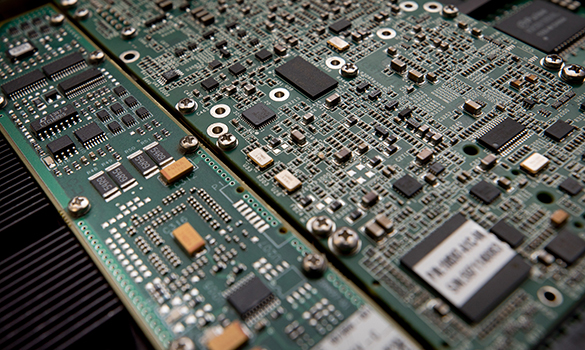
HOST is currently leveraged on multiple platforms, including the F-35 Joint Strike Fighter’s Technical Refresh 3, NAVAIR PMA 209’s Mission Computer Alternative family of mission computers with first use on the T-45, and Future Vertical Lift. Working with these programs has provided valuable feedback to the HOST Standard, allowing it to become a standard that not only holds up the tenets of MOSA but is also usable by actual system designers. Though initially written from the perspective of a mission computer, the HOST Standard has received feedback from the Army’s CMOSS initiative and the SOSA™ Consortium, which has hundreds of industry and government members. That input from members expanded capabilities to a wide range of systems, including radar, Electronic Warfare, comms, navigation, and more. Specific hardware capabilities include Single-Board Computers, Fabric Switches, FPGA’s (Field Programmable Gate Array), Mass Storage Modules, GPGPU’s (General Purpose Graphics Processing Unit), Avionics I/O, Timing Modules and RF Transceivers.


